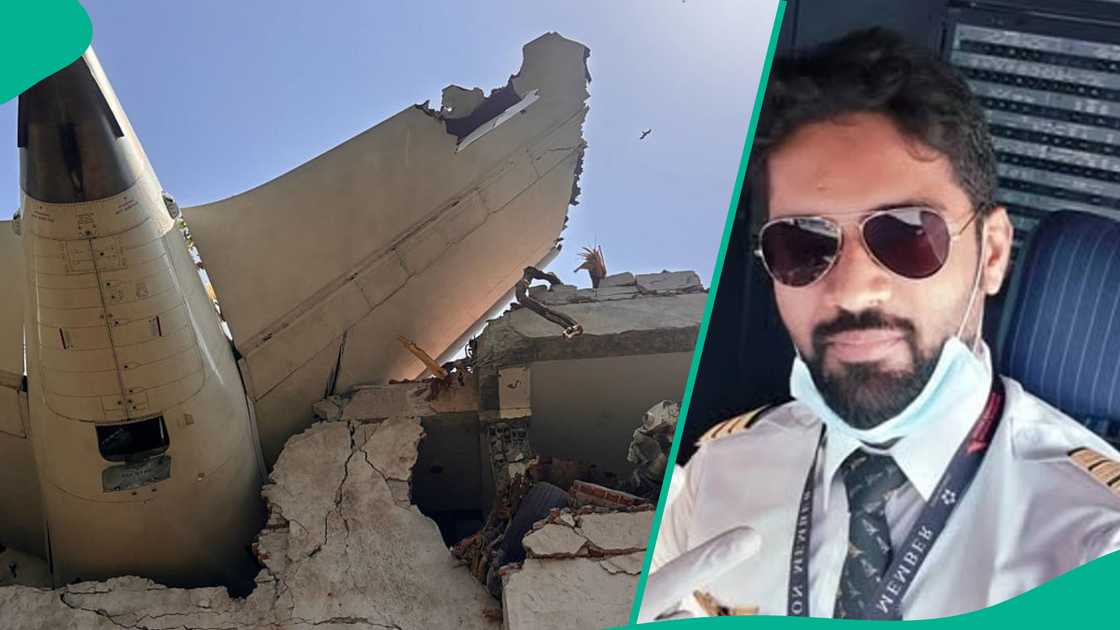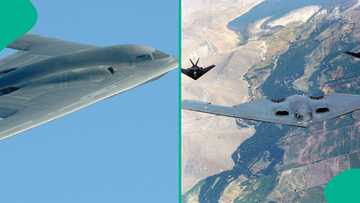Air India: Video Shows What Happened to Plane That Led to the Crash After Preliminary Investigation
- A preliminary investigation into the deadly Air India crash has revealed a sudden fuel cut-off just seconds after take-off, causing both engines to lose thrust and resulting in the deaths of 270 people
- Cockpit audio captured moments of confusion between the pilots as one asked, “why did you cut off?”, a question met with denial
- Investigators cited a 2019 FAA advisory about faulty fuel switch locks, linking the issue to the aircraft model involved in the crash
A preliminary investigation into the Air India crash that claimed 270 lives has revealed that fuel supply to the aircraft’s engines was abruptly cut off seconds after take-off.
The tragic accident occurred on 12 June, when the London-bound Boeing 787-8 Dreamliner plummeted into a building near Ahmedabad airport in western India.

Source: Getty Images
Engine thrust lost after fuel control switches moved
The Aircraft Accident Investigation Bureau (AAIB) of India reported that the plane’s fuel control switches transitioned from the “run” to the “cut-off” position in the span of a second.
This unintended switch-off shut down both engines, causing a total loss of thrust mere moments after take-off. Investigators clarified that fuel cut-off typically occurs during landing or emergencies such as engine fires, not during initial ascent.
See the video about what happened to the Air India plane below:
Cockpit recordings suggest confusion between pilots
Cockpit voice recordings recovered from the site captured a moment of confusion in the cockpit. One pilot asked, “why did you cut off?” to which the other replied he “did not do so.” The AAIB did not clarify which voice belonged to Captain Sumeet Sabharwal or co-pilot Clive Kundar.
Following the incident, the switches returned to their normal position, triggering the engine relight process. However, only one engine managed to restart, and it was insufficient to counteract the aircraft’s deceleration.
Mayday call preceded fatal impact
Just before the crash, one of the pilots issued a Mayday call. The plane struck a residential building used as doctors’ accommodation, causing an explosion. Despite the scale of the disaster, a British national survived the impact.

Read also
Investigators discover pilots allegedly shut off airplane engine by mistake in crash that killed 179
The report also pointed to a 2019 FAA advisory which warned that some Boeing 737 fuel switches had locking mechanisms improperly disengaged. Although the bulletin did not mandate corrective action, it highlighted a concern that extended to the VT-ANB aircraft involved in the crash. Air India reportedly did not carry out inspections, as the FAA’s notice was not legally binding.

Source: Getty Images
Bird strike theory disproved
Earlier speculation by aviation experts suggested that birds may have interfered with the plane’s engines. However, the AAIB stated that “no significant bird activity” was observed along the aircraft’s flight path, effectively ruling out that theory.
Both pilots were found to have had an “adequate rest period prior” to the flight, dismissing fatigue as a contributing factor to the tragedy.
A final and detailed report from the AAIB is expected within 12 months as investigators continue to examine the circumstances surrounding the crash.
Amount Air India plane crash's only survivor will get
Legit.ng earlier reported that Air India announced on Saturday that it would provide an interim compensation of ₹25 lakh (approximately £21,000 or €24,500) to family of the 241 passengers who died in the Ahmedabad plane crash.
This compensation works out to over ₦43.5 million per recipient, with the only survivor, 40-year-old Viswash Ramesh Kumar, also expected to receive the same amount from the airline.
Proofreading by Funmilayo Aremu, copy editor at Legit.ng.
Source: Legit.ng



